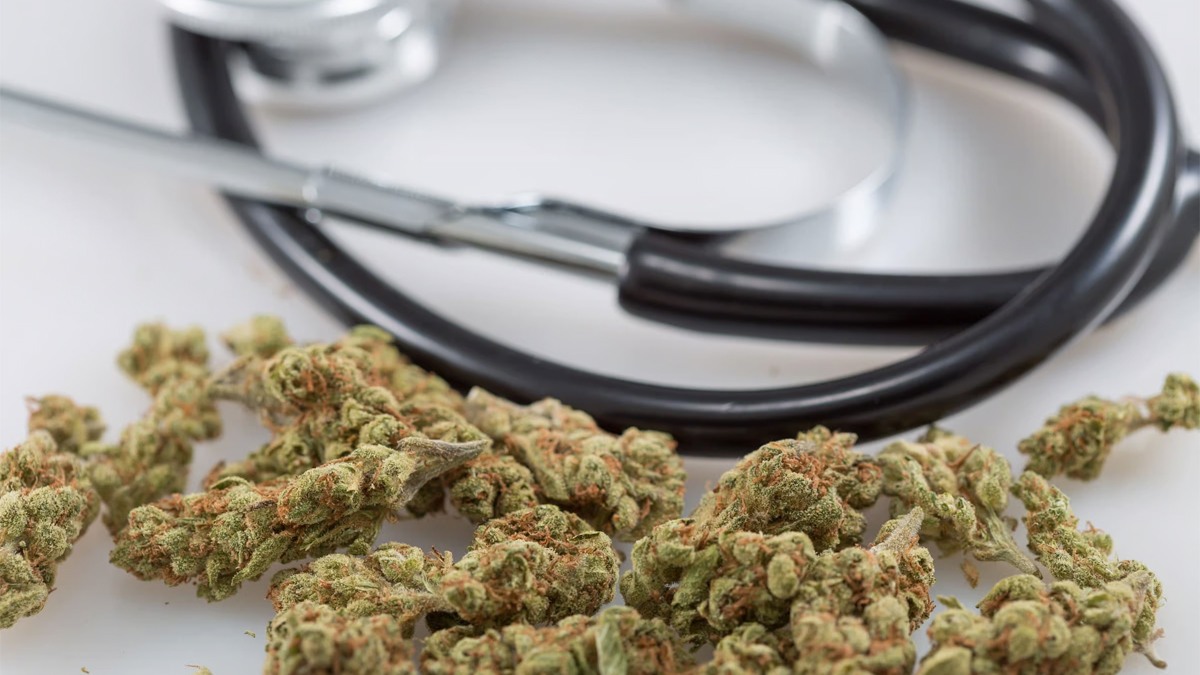Pennsylvania stands to generate $271 million in annual revenue if marijuana is legalized and taxed according to the governor’s proposal—but it would have been more if the commonwealth hadn’t been lapped by other neighboring states that have already enacted the reform, according to a new government economic analysis.
The Pennsylvania Independent Fiscal Office (IFO) released its report on Gov. Josh Shapiro’s (D) budget plan last week, detailing the economic impact of adult-use cannabis legalization under his proposal.
Between the 20 percent excise tax on wholesale marijuana and the state sales tax, Pennsylvania would bring in an estimated $41 million during the first year of implementation, including taking into account added expenses such as implementation costs and funding restorative justice efforts, IFO said. That would rise to an annual net $271 million gain for the state general fund by Fiscal Year 2028-2029.
That first-year estimate is significantly higher than what the governor projected ($14.8 million) when he unveiled his budget in February. Shapiro did say it could grow to about $250 million in annual revenue, though, which is more consistent with IFO’s analysis.
However, the figure could have been bigger if Pennsylvania wasn’t so late in the game on legalization in the region.
“Currently, all border states except West Virginia have legalized and impose tax on adult recreational use cannabis. These taxes were enacted recently in Ohio (2023), Maryland (2023), New York (2021) and New Jersey (2020),” IFO said. “Because nearly all border states already tax recreational cannabis, the estimate is not increased for cross border sales that may have occurred in other states that were first to tax recreational marijuana in a region.”
In other words, Pennsylvania can’t reasonably expect to see a meaningful increase in tax revenue from out-of-state visitors since the state is surrounded by markets that are already established or soon will be as in the case of Ohio, where voters approved a legalization ballot measure in November.
Tax revenue from cannabis sales under the governor’s plan would go to restorative justice initiatives ($5 million per year), the state Department of Agriculture for oversight costs ($5 million), state police for enforcement purposes ($2 million) and $500,000 for administrative costs. Any dollars remaining would go to the state general fund.
The economic report also noted that “legalization of recreational use marijuana should have minimal impact on the medical market” due to the relatively lower tax rate for medical marijuana (5 percent). However, IFO said “it is unclear how other factors (e.g., location of retail outlets) could ultimately impact sales.”
The analysis then briefly summarized various studies on the potential impacts of legalization on traffic safety and accidental youth exposure to cannabis products.
IFO released the report shortly after a Pennsylvania joint committee held another hearing on marijuana legalization, this time focusing on criminal justice implications of prohibition and the potential benefits of reform.
“I think we are really well-positioned to move forward with legislation,” Rep. Dan Frankel (D), chair of the full Health Committee who previously sponsored cannabis legalization legislation, said at the time.
The Health Subcommittee on Health Care has met several times recently to discuss the issue. At their last hearing in February, members looked at the industry perspective, with multiple stakeholders from cannabis growing, dispensing and testing businesses, as well as clinical registrants, testifying.
At the subcommittee’s previous cannabis meeting in December, members heard testimony and asked questions about various elements of marijuana oversight, including promoting social equity and business opportunities, laboratory testing and public versus private operation of a state-legal cannabis industry.
During the panel’s first meeting late last year, Frankel said that state-run stores are “certainly an option” he’s considering for Pennsylvania, similar to what New Hampshire Gov. Chris Sununu (R) recommended for that state last year, though a state commission later shied away from that plan.
Meanwhile, House Appropriations Committee Chairman Jordan Harris (D) said in a recent interview that it’s “high time” to legalize marijuana and lay the groundwork for businesses in the state to export cannabis to other markets if federal law changes—and he sees a “real opportunity” to do so.
However, the committee’s minority chairman, Rep. Seth Grove (R), said he’s doubtful that the Democratic-controlled House will be able to craft and deliver legalization legislation that could advance through the GOP majority Senate.
He also challenged the idea that the Department of Agriculture is well-positioned to regulate the cannabis industry, as the governor’s plan envisions. Agriculture Secretary Russell Redding testified at an Appropriations Committee hearing in February that he was “excited” about the prospect and supports it, Grove said there’s no way to know if it could effectively oversee regulations given the current lack of legislation.
U.S. Sen. John Fetterman (D-PA) also recently complained that Pennsylvania is being “lapped” on marijuana policy as other states in the region enact legalization.
Meanwhile, Pennsylvania lawmakers recently advanced a pair of bills meant to prevent police from charging medical cannabis patients with impaired driving without proof of intoxication.
A Republican state senator also says he will soon introduce legislation that would remove barriers under state law to medical marijuana patients carrying firearms.
In December, the governor signed a bill to allow all licensed medical marijuana grower-processors in the state to serve as retailers and sell their cannabis products directly to patients. Independent dispensaries could also start cultivating their own marijuana.
A poll released in February found that about two-thirds of Pennsylvania voters in the state support enacting marijuana legalization.
Keep out of reach of children. For use only by adults 21 years of age and older.










